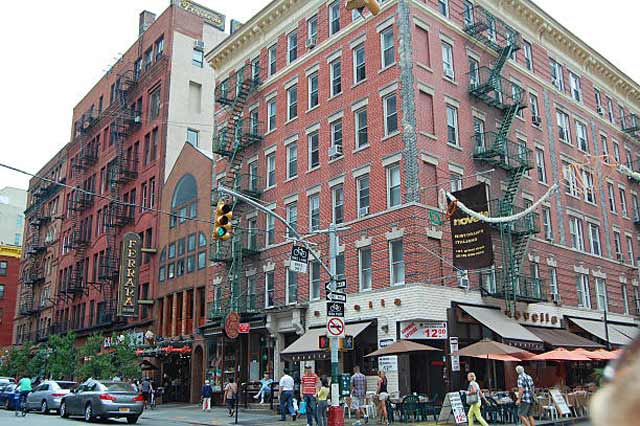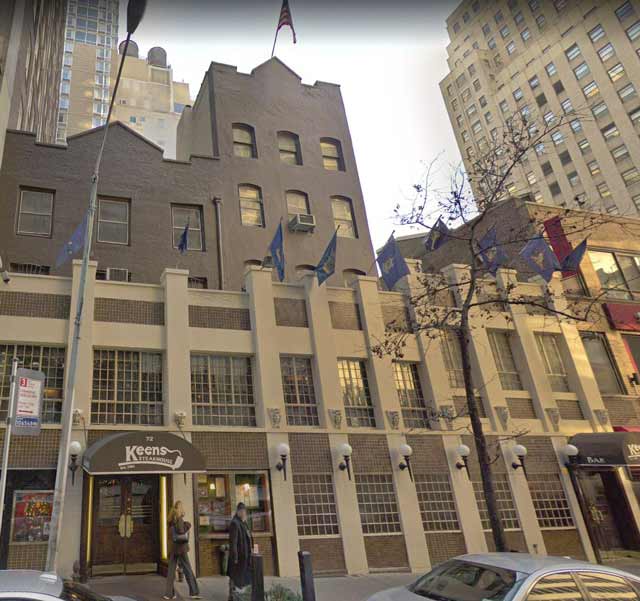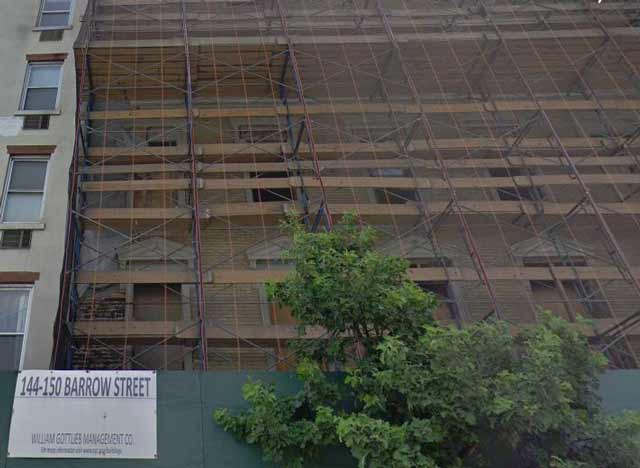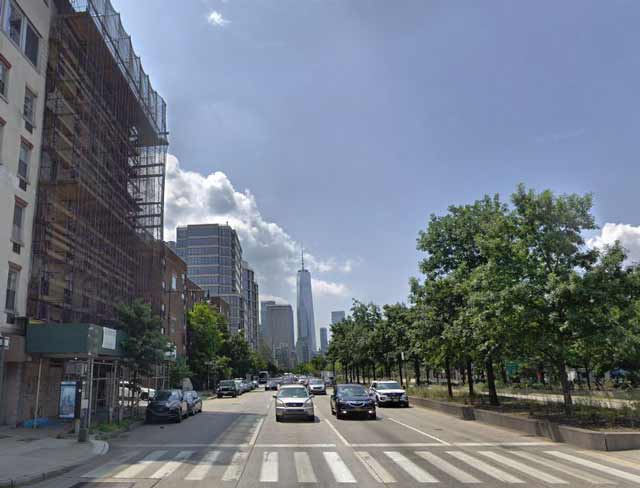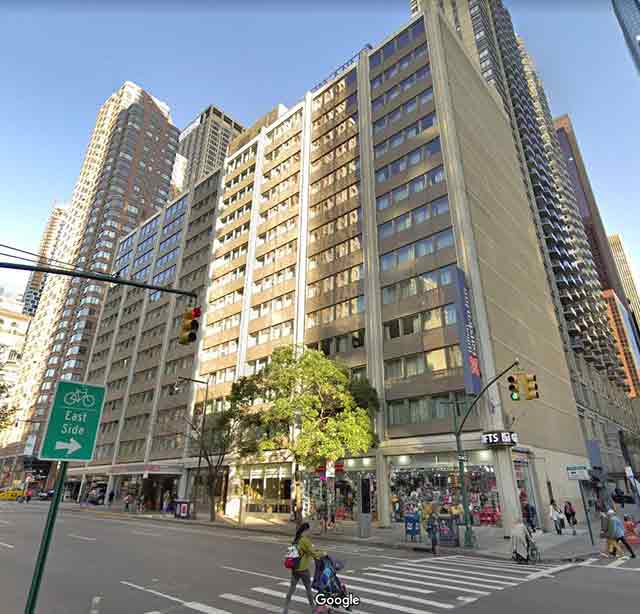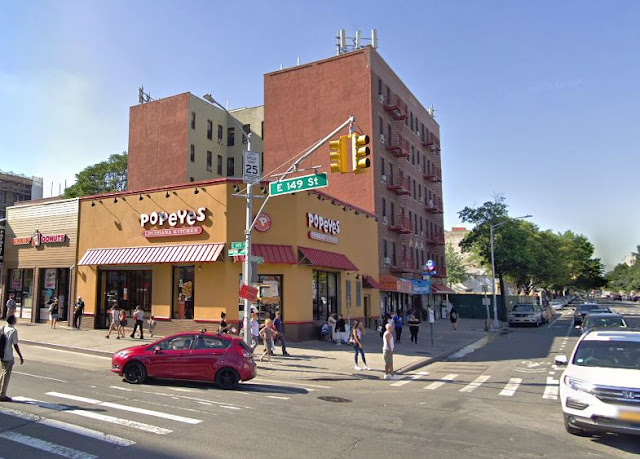Then and Now: Second Avenue and 51st Street, Manhattan
 |
| Second Avenue at 51st Street circa 1980. |
The above ordinary street scene from the Turtle Bay area of Manhattan piqued my interest regarding that particular street corner looks like now, in the 2010s. I tracked down the location as the southwest corner of Second Avenue at 51st Street. So, I decided to do a comparison of Second Avenue at 51st Street from around 1980 to the 2010s.
 |
| Second Avenue at 51st Street in the 2010s (Google Street View). |
The first thing that I noticed is that the A&P on the northwest corner is gone. The Great Atlantic & Pacific Tea Company already was in trouble in 1980, and it began a wave of store closings in 1981. The company stumbled on for another few decades, with moments where it seemed to be regaining strength. However, the 2009 recession hit A&P hard - why is unclear, since supermarkets should be relatively recession-proof, but the company was highly leveraged after various acquisitions - and it filed for bankruptcy in 2010. This seemed to save the chain, but then it filed for bankruptcy again in 2015 and closed all of its remaining stores by the end of that year. Considering that the location is closed in the more recent photo, this A&P may have lasted until the end of 2015. The new tenant is a CVS, which reflects an influx of pharmacies into old retail spaces. Prescriptions are a durable and growing business. People aren't cooking at home as much as they used to, either, so the switch is a sign of the times.
The buildings on the southwest corner and running down the block appear to be the same. However, they have had a lot of work done to them. The building on the corner has had windows added on the 51st Street side. The fire escape also is gone. The other buildings along the block nearest that corner also have removed their fire escape, and only a couple of those buildings down by 50th Street retain them. Personally, I like fire escapes, because they give a building character. However, I can certainly understand why you would remove them because they must be maintained and can provide entry for prowlers. The low buildings almost certainly still survive as they are by selling their lucrative air rights to those new skyscrapers behind them.
When I first glanced at the most recent picture, I thought that the tall apartment building down Second Avenue was the same. However, a closer look showed that it was not the same building at all. Whatever building was there in 1980 was replaced in 1985 by Sterling Plaza, located at 255 East 49th Street by developers Fred Wilpon and Saul B. Katz. Why they felt the need to replace the building that was there in the oldest photo is unclear, but the 1980s were a period when tax incentives spurred a lot of building in Manhattan. This surge in construction peaked in the 1985-1986 period. The absence of Sterling Plaza dates the top photo to before 1985 for certain, and probably before 1984 or even 1983 considering the typical length of time of demolition and construction. Sterling Plaza, incidentally, now is one of the top areas to live in the area.
Overall, this particular block hasn't changed much at all. You still have the low-profile line of buildings and a sea of taller ones around them. Zoning laws have made this block a sea of stability, the eye of the hurricane of new construction all around it.
Thank you for visiting this entry in my "the more things change the more they stay the same" series. I enjoy putting these together because I'm as curious how these areas change as you are!
 |
| Second Avenue at 51st Street in the 2010s. |



